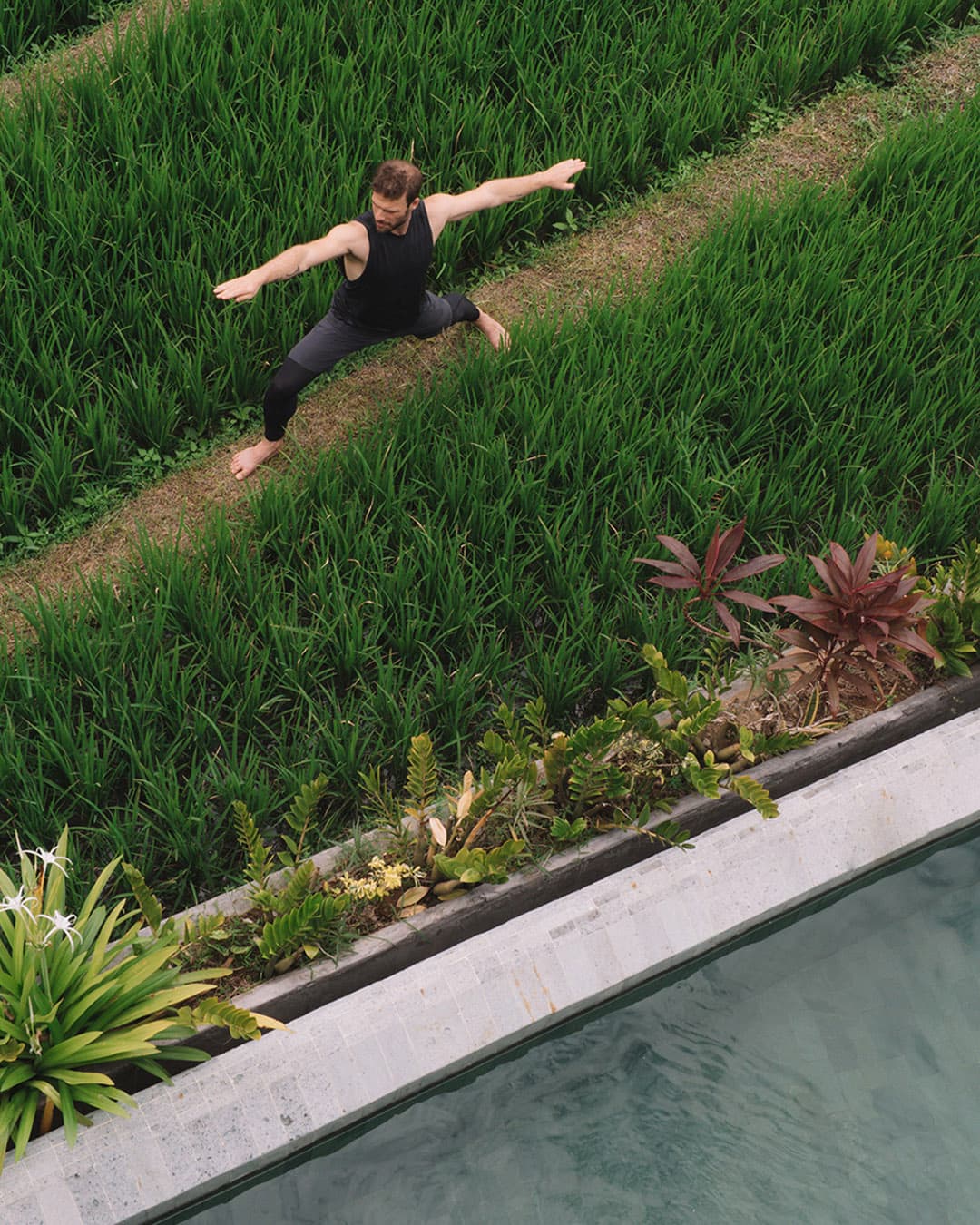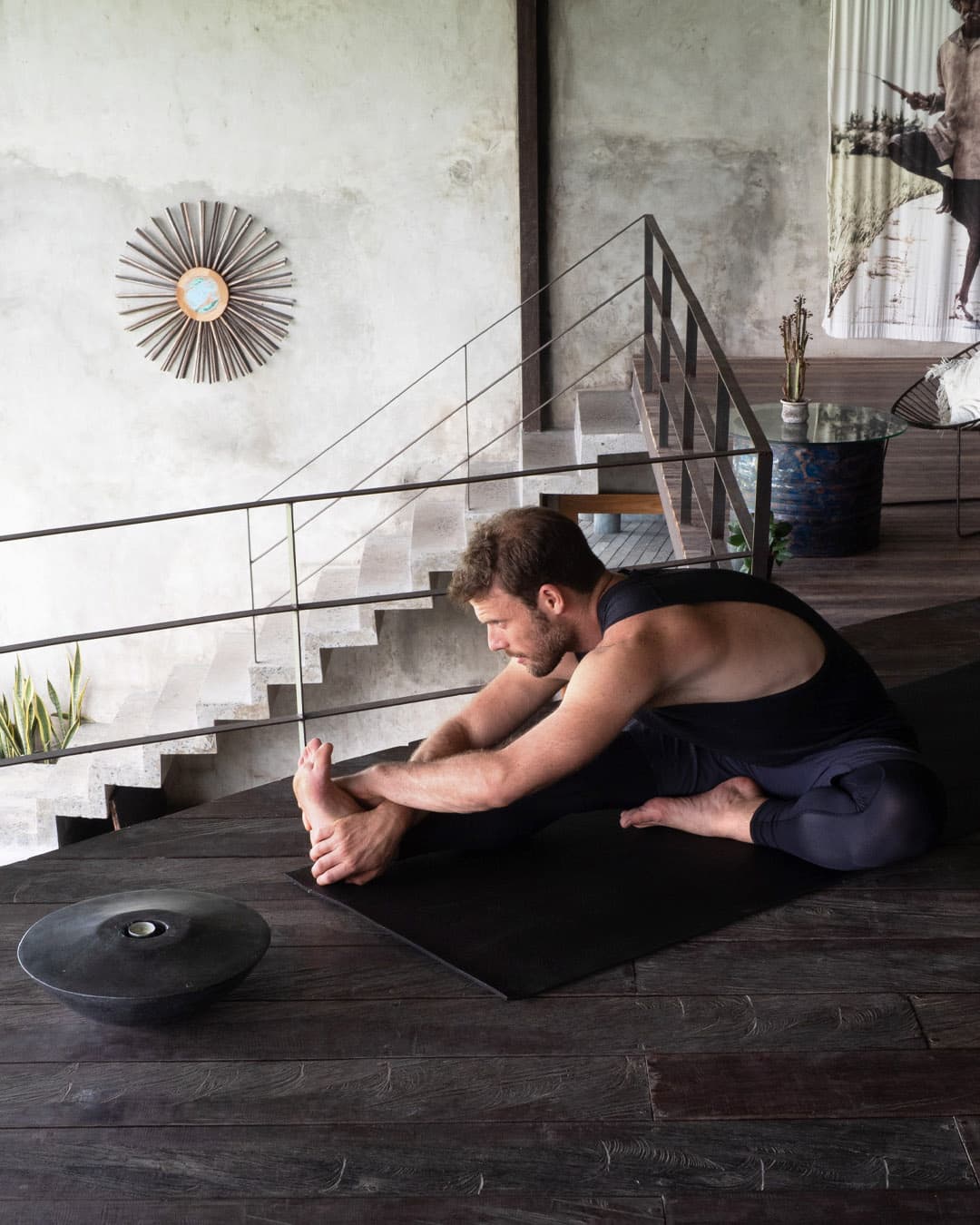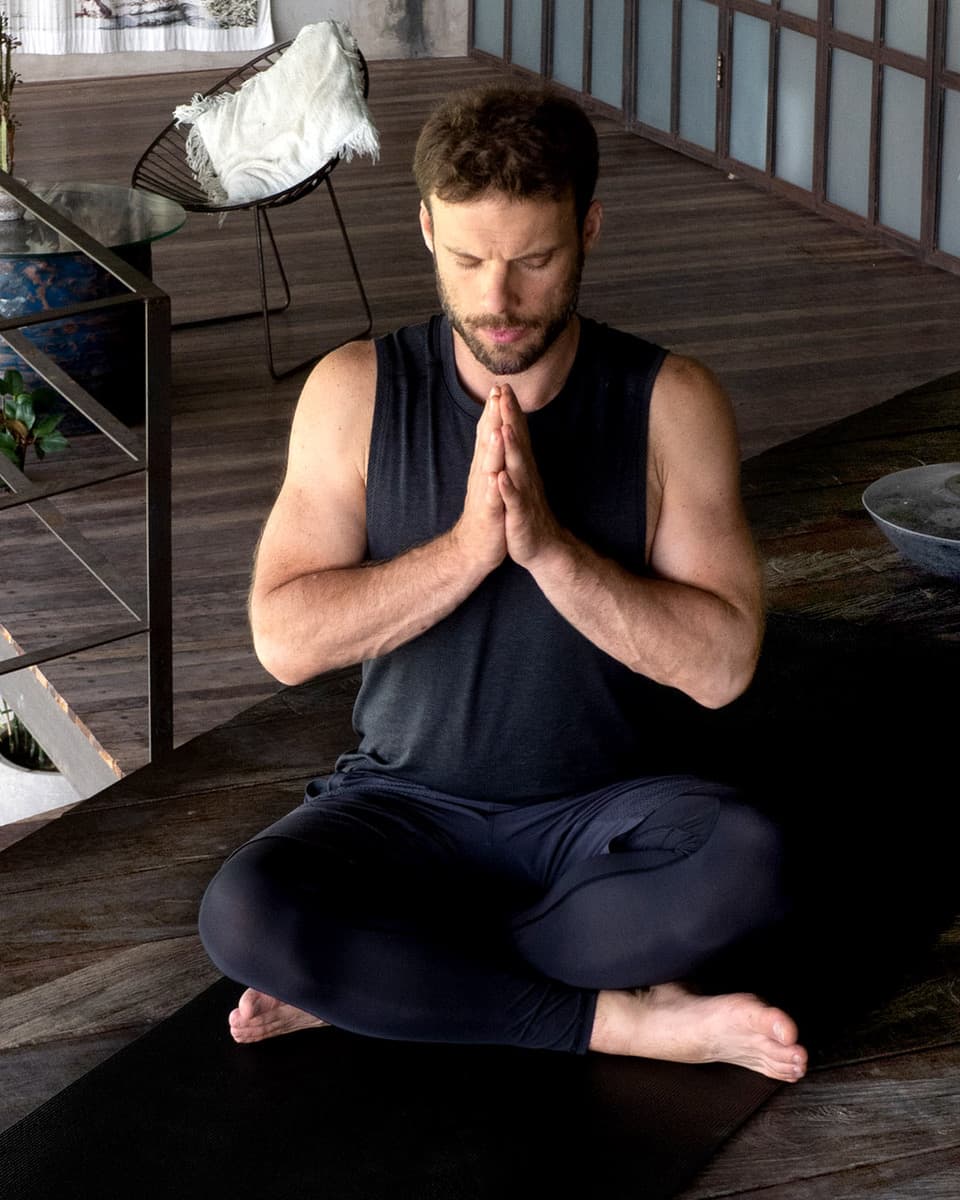
HATHA YOGA POSE: VIRABHADRASANA II OR WARRIOR II
June 07, 2021Warrior II or Virabhadrasana II comes from Sanskrit word veer-uh-buh-DRAHS-uh-nuh represents the mythological Hindu warrior, Virabhadra, an incarnation of the god Shiva and the word asana that means pose. Virabhadra was a tall, dark, and fierce deity, depicted with a thousand arms, flaming hair and eyes, and wearing a garland of skulls.
The pose that got named after this mighty warrior is a standing yoga pose that enhances strength, stability, and concentration. This pose is found in Hatha yoga flow classes and sometimes in Kundalini yoga classes.
As a strong pose, Virabhadrasana II can teach modern yogis a lot about the dynamics of bringing wisdom into the actions of our everyday lives. It is a powerful pose, no doubt, but as you explore the pose’s alignment and inner attitude, the heart of the peaceful warrior begins to reveal itself. This is a core yoga pose that is taught in most, if not all, yoga teacher trainings (YTT) and yoga certification programs that are registered yoga schools (RYS).
Benefits & Commonalities of Warrior II Pose:
- Stretches your hips, groins and shoulders.
- Opens your chest and lungs.
- Energises tired limbs.
- Stimulates your abdominal organs.
- Develops balance and stability.
- Improves circulation and respiration.
- Beneficial for those with sedentary or desk bound jobs.
- Extremely beneficial in case of frozen shoulders.
- Releases stress in the shoulders very effectively in a short span of time.
- Brings auspiciousness, courage, grace and peace.
- Taught in best yoga schools globally
- Commonly taught in all online yoga 200 hour certifications
Step by step instructions as taught in YTT Programs:
- Stand straight with your legs wide apart by a distance of at least 3-4 feet.
- Turn your right foot out by 90 degrees and left foot in by about 15 degrees.
- Checkpoint: Is the heel of the right foot aligned to the centre of the left foot?
- Lift both arms sideways to shoulder height with your palms facing down wards.
- Checkpoint: Are your arms parallel to the ground?
- Breathing out, bend your right knee.
- Checkpoint: Are your right knee and right ankle forming a straight line? Ensure that your knee does not overshoot the ankle.
- Turn your head and look to your right.
- As you settle down in the Hatha yoga posture stretch your arms further.
- Make a gentle effort to push your pelvis down. Hold the yoga posture with the determination of a warrior. Smile like a happy smiling warrior. Keep breathing as you go down.
- Breathing in, come up.
- Breathing out, lower your hands down from the sides.
- Repeat the Hatha yoga posture for the left side (turn your left foot out by 90 degrees and turn the right foot in by about 15 degrees).
Contraindications:
- Practice Warrior Pose (Virabhadrasana) only after consulting your doctor if you have experienced spinal disorders recently or just recovered from a chronic illness.
- High blood pressure patients should avoid this posture.
- Virabhadrasana especially benefits pregnant ladies in their second and third trimester provided they have been practicing yoga regularly.
- Practice Virabhadrasana while standing close to a wall so you can support yourself if required. However do consult your doctor before doing this yoga posture.
- Avoid this posture if you are suffering or had recently suffered from diarrhea.
- If you have knee pain or arthritis, use some support at the knee to hold this yoga posture.
- If you have questions and are not sure if this yoga posture is right for you, please reach out to a yoga teacher or yoga instructor near you who has completed yoga teacher training (YTT).
ARCHIVES
RECENT ARTICLES
JANU SIRSASANA - HEAD TO KNEE FORWARD FOLD
October 28, 2022
JANU SIRSASANA - HEAD TO KNEE FORWARD FOLD
October 28, 2022
JANU SIRSASANA - HEAD TO KNEE FORWARD FOLD
October 28, 2022
JANU SIRSASANA - HEAD TO KNEE FORWARD FOLD
October 28, 2022
LOVINGKINDNESS MEDITATION
October 18, 2022







